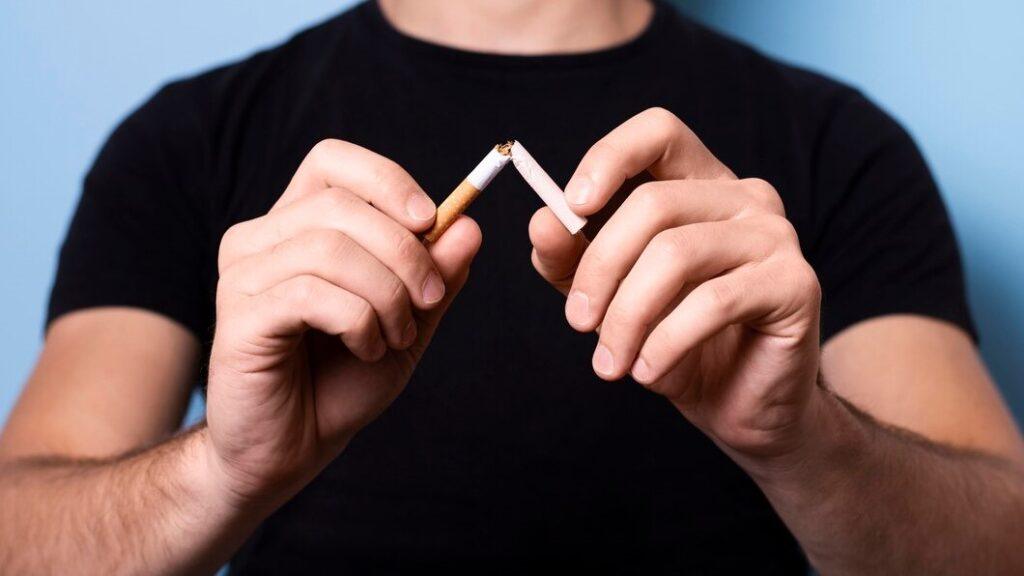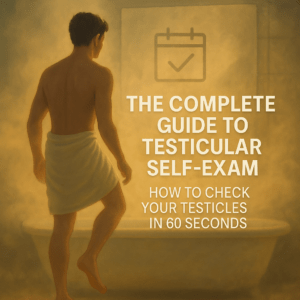Smoking and Your Urological Health: More Than Just a Bad Habit
As part of our Urology Wellness Journey, today we’re tackling a critical topic that affects millions: the devastating impact of smoking on urological health. While most people know smoking harms the lungs and heart, its effects on urological health are often overlooked – and they’re more serious than you might think.
Contents
The Shocking Statistics
- According to the World Health Organization, about 50% of bladder cancer cases are linked to smoking
- Recent studies show smokers experience a 10-15% reduction in testosterone levels
- Smokers are significantly more likely to develop severe erectile dysfunction
How Smoking Affects Your Urological System
1. Bladder and Kidney Health 🚬
- Increased Cancer Risk: Smoking dramatically raises your risk of bladder and kidney cancers
- Kidney Stone Formation: Research shows ex-smokers have a 73% higher risk of developing kidney stones
- Tissue Damage: Harmful chemicals in tobacco directly damage urinary tract tissues
2. Sexual and Reproductive Health 🔽
- Erectile Function: Smoking damages blood vessels crucial for erectile function
- Testosterone Levels: New research shows a direct link between smoking and decreased testosterone
- Fertility Impact: Smoking affects sperm quality and quantity
3. Overall Urological Wellness ⚠️
- Compromised blood vessel health
- Increased inflammation throughout the urinary system
- Higher risk of urinary tract infections
- Slower healing and recovery from urological procedures
The Good News: Benefits of Quitting
When you quit smoking, your body begins healing immediately:
Within 24 Hours:
- Blood oxygen levels normalize
- Blood pressure begins to stabilize
Within 1 Month:
- Circulation improves
- Energy levels increase
- Some erectile function may improve
Within 1 Year:
- Risk of bladder cancer begins to decrease
- Vascular health significantly improves
- Overall urological function enhances

Modern Approaches to Quitting
1. Medical Support
- Nicotine replacement therapy (15-25% success rate)
- Prescription medications like varenicline (25-35% success rate)
- New treatments including semaglutide for weight management during quitting
2. Technology-Based Solutions
- Mobile apps for tracking and support
- Online support communities
- Virtual reality therapy programs
3. Behavioral Support
- Professional counseling
- Support groups
- Stress management techniques
Taking Action: Your Next Steps
1- Talk to Your Doctor
- Discuss your smoking history
- Get a urological health assessment
- Explore personalized cessation options
2- Create Your Quit Plan
- Set a quit date
- Identify your triggers
- Choose your support tools
3- Build Your Support System
- Share your goals with family and friends
- Join support groups
- Connect with healthcare providers
A Personal Note from Our Team
As urological health specialists, we’ve seen firsthand how quitting smoking can transform our patients’ lives. Whether you’re concerned about cancer risk, sexual health, or general wellness, it’s never too late to quit. Every cigarette you don’t smoke is a step toward better health.
Get Support Today
Ready to take the first step? We’re here to help:
- Schedule a consultation: Visit our clinic for personalized advice
- Follow us for daily support:
- Instagram: @ggo.med
- Facebook: GGO Med
- LinkedIn: Giangiacomo Ollandini
Join the Conversation
💪 Share your quitting journey ❤️ Support others in their quest to quit 🗣️ Ask questions about smoking and urological health
Remember: Every step toward quitting is a step toward better urological health. You’re not alone in this journey.
Most Popular

Learn how to perform a testicular self-exam in under 60 seconds with this expert guide. Understand when, why, and how to check your testicles — and what to look for — so you can detect any changes early and protect your health with confidence.

Erectile Dysfunction in Your Head? A Jaguar in the Jungle
Performance Anxiety and Psychogenic Erectile Dysfunction: The Jaguar in the Jungle Contents Part 1: Understanding the Body’s Survival Mechanism A Confession I have recounted this story numerous times in my

A practical guide to help you understand, recognize, and manage Balanitis Xerotica Obliterans. Understanding BXO: What You Need to Know About This Common Skin Condition Contents Let’s Have an Honest
